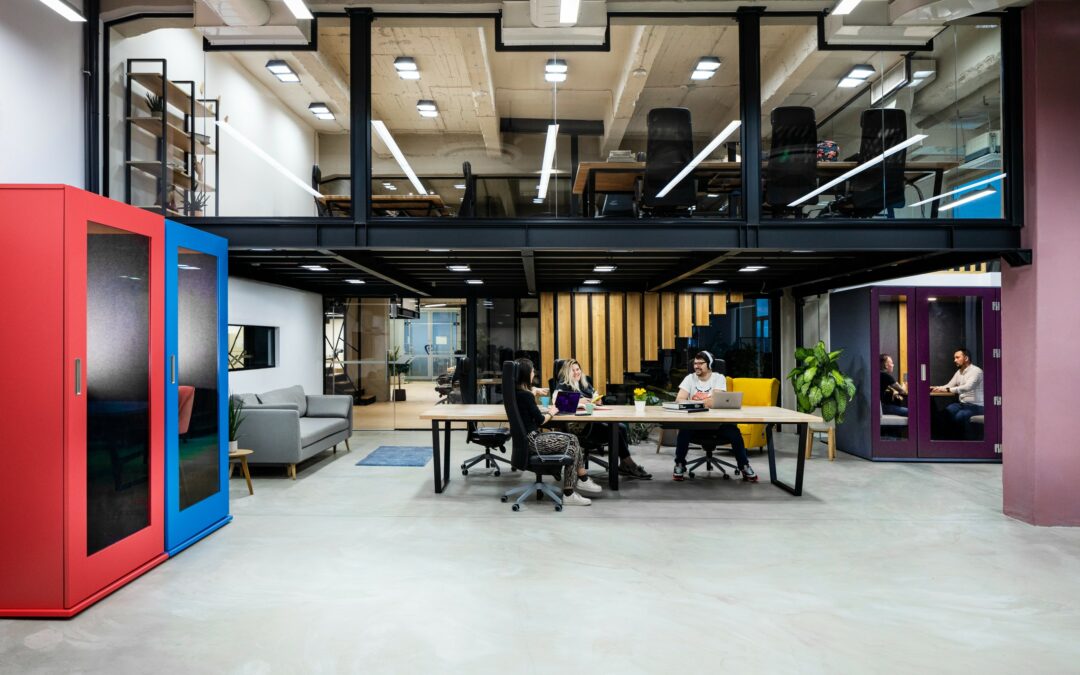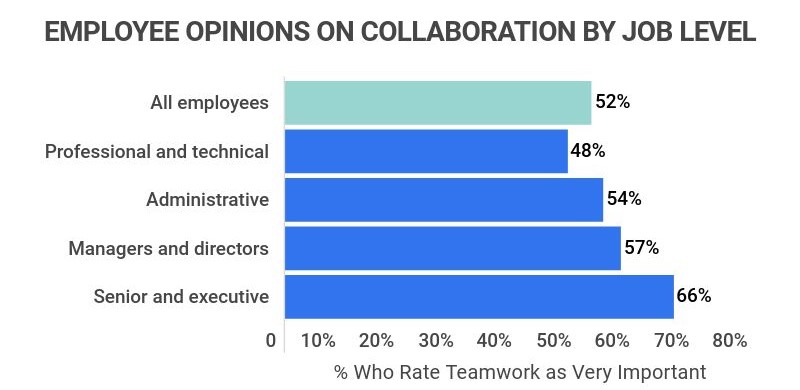Over the past few years, the world of work has shifted through several different approaches to the in-office working structure. While some businesses have completely shifted to an open-office policy, others are still experimenting with flexible office strategies. Of these strategies, one of the most popular is using hotdesks around the office.
Hot desks originally came into fashion with the rise of coworking businesses around the globe. There are nearly 20,000 coworking sites around the world, hosting over 1,000,000 people on a daily basis. The rise in popularity of coworking spaces allowed typical businesses to realize the benefits of hot desks.
In this article, we’ll explore everything you need to know about hotdesks, demonstrating exactly what they are and outlining how businesses can use them to get the most from their employees. If you’re looking to boost collaboration and productivity in the workplace, then hotdesks could be the solution for you.
Let’s dive right in
What are hotdesks and how do they work?
Hotdesks – or hot desking – are a method of organizing a workspace, allowing users to move where they work depending on what activities they would like to do. Instead of having fixed desk stations where each employee has an assigned position, your workers are free to move around the office and try out different spaces.
One of the leading factors that can lead to distraction at work is boredom. While there are a number of ways to keep your employees engaged, an easy and quick solution is to allow them to change their scenery. By moving around the office whenever they like, your employees will stay connected to their work and be less likely to slip into disengaged habits.
Additionally, by moving around the office and instating this flexible policy, your employees will end up socializing with more members of their team. Considering that employee relationships boost productivity and happiness at work, the social aspect of hotdesks can be a vital improvement to your workspace.
With improved happiness, productivity, flexibility, and freedom at work, all with less organizational pressures, it’s easy to see why hotdesks have become so popular.
How to customize your collaborative workspaces using hotdesks
Collaboration is central in the modern workplace, with the vast majority of employees having to engage with others on a daily basis. Whether those engagements include discussing projects, planning for the future, or executing cooperative functions, collaboration is absolutely everywhere.
Hot desks are a phenomenal way of increasing the ability for your employees to actively collaborate. Instead of having to book a private meeting room to discuss a project or work together, the hot desk system allows people to simply come together in a part of the office and spontaneously begin working.
In order to facilitate collaboration in hotdesk structures, there are a few aspects you sure ensure are always around:
- Plugs and Sockets – No matter where in your office your hotdesk zones are, you should always ensure they have ample sockets and plugs near them. By including USB ports, sockets to plug laptops into, and other charging stations, you’ll ensure that your employees always have enough charge to keep working. No one wants to have to stop due to a low battery pop-up.
- Moveable Tables – Flexible workspaces should also contain a sense of freedom that you integrate into the area. By affording employees the ability to move tables and separate them into smaller sections, you can create an even more dynamic space. Providing flexible spaces will allow your employees’ creativity to run wild, helping them collaborate on projects with ease and without distracting others.
- Ample Space – No matter how flexible your workspace seems, if there isn’t enough space for people to spread out into smaller groups, you could end up crowding the office. You don’t want conversation from collaborative work to interrupt employees that are working alone. That said, if you have office meeting pods, this can be a practical solution for everyone.
Open-office and future infrastructure: building a better collaborative workspace
Open offices are a working structure that freely embraces hot desking. This is the style of seating that you’ll often find in coworking spaces, where whole floors are designated as hot desk zones. They first made an impact in offices during COVID, where early waves meant people were coming into work by remaining socially distanced.
Although COVID restrictions have faded away in most areas of the world, the realization that offices didn’t have to be rigid environments has not gone away. Open offices with hot desks, flexible seating, and a range of seating accommodations have now become incredibly popular.
If you’re looking to build a working system that embraces collaboration, helps employees to focus on their work, and feel less restricted when working, then open-office planning could be a fantastic way of modernizing your space.
Final Thoughts
While hotdesks certainly aren’t a new flexible working strategy, they are one that’s seen incredible uptake over the past few months. The flexibility of hotdesks perfectly aligns with the hybrid approach to working that many companies around the world are now embracing. By offering employees the ability to seamlessly move between parts of the office and get more done, hot desks are a great way of varying things up in an office.
The past few years have demonstrated the efficiency of hotdesks, this now being a preferred working structure in many offices. With large-scale projects like the Apple Park using this working methodology, we have no doubt that the popularity of hotdesks will only continue to rise in the future.
If you want to offer your employees the best possible working situations, then don’t forget to install some private office pods. Reach out to MEAVO today to see our full range of flexible workstations and exactly how you can use them to boost productivity and wellbeing in your modern office.


